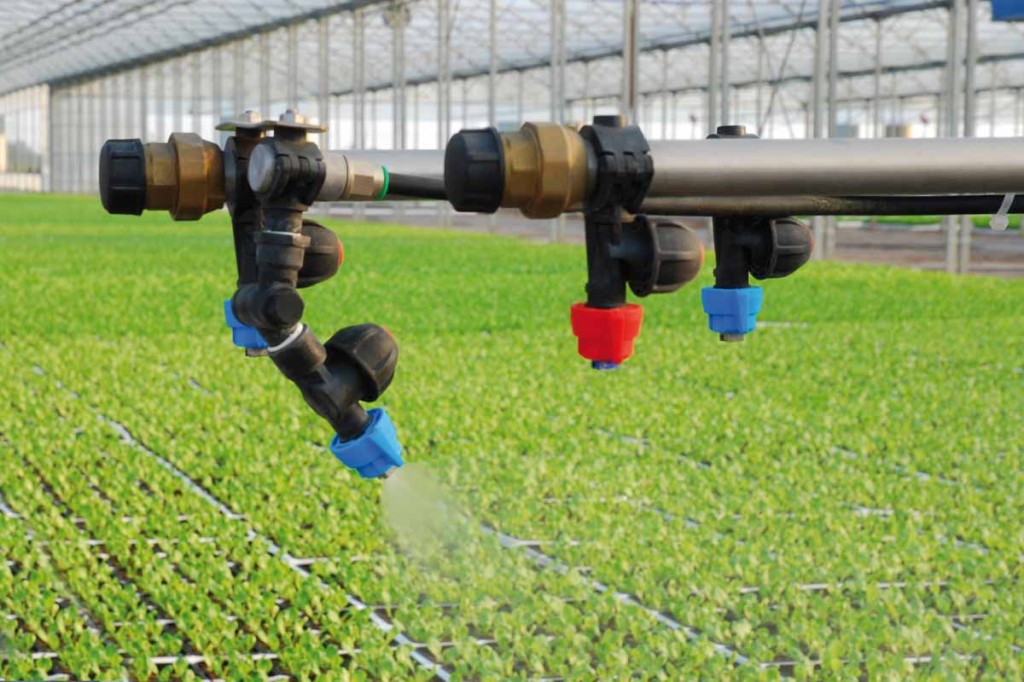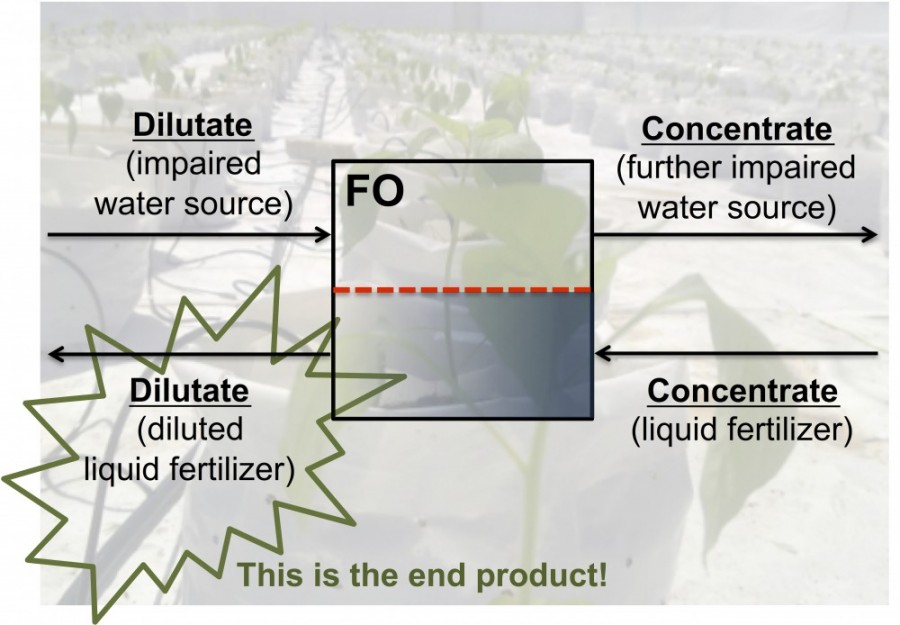- Nano-selective forward osmosis technology by SideStroem featured in Everything About Water - February 10, 2024
- SideStroem and Singapore Institute of Technology featured in AsianScientist - April 29, 2023
- SideStroem joins world class accelerator program - November 12, 2022
The use of fertilizer drawn forward osmosis for fertigation – a real FO application or a pipe dream?
Fertigation is an agricultural irrigation process where water soluble fertilizers or soil improvement products are added to the irrigation water. Benefits of using fertigation compared to traditional fertilization methods include:
- Controlled dosage of nutrients leading to increased nutrient absorption of plants, which again leads to improved root systems
- Reduction in water consumption due to improved root systems
- Reduction in amount of nutrients needed due to controlled dosage
- Reduced leaching of nutrients to water supplies
The cost of installing, operating, and maintaining fertigation systems means that the process is currently primarily used for high value crops such as vegetables, turf, fruit trees, and ornamentals.
The concept of fertilizer drawn forward osmosis (FDFO) for fertigation has been suggested as a means of decreasing fresh water usage in fertigation processes. Fertilizer drawn forward osmosis is based on a stand-alone forward osmosis system as illustrated below. Here, a liquid fertilizer concentrate is used to extract water from impaired water sources – the goal being to use impaired water sources instead of fresh water sourced to dilute the liquid fertilizer solution a prior to usage. As such, FDFO contributes to conserving fresh water supplies by reducing the amount of fresh water otherwise needed to dilute liquid fertilizer concentrates in fertigation.
What are the challenges facing fertilizer drawn forward osmosis for fertigation?
For many advocates of FDFO based fertigation, the ultimate dream is to provide an alternative source of fresh water to farmers in regions where fresh water sources are scarce. Although the prospect of using liquid fertilizer solutions to extract fresh water from impaired sources such as seawater, brackish water, or polluted ground water is tantalizing, there are major challenges to be overcome (similar to those described in our article on desert restoration) before a real-life application is achieved:
- Logistics of transporting liquid fertilizer into close proximity to crops
- Logistics of pumping impaired water to the farmland in question
- Developing low-energy means of providing additional dilution, when FO processes cannot extract all the water needed to generate ready-to-use liquid fertilizer solutions (in cases where the impaired water is seawater, concentration polarization severely limits the water extraction potential of liquid fertilizer solutions to a point where less than 10% of the necessary dilution water can be supplied by the FDFO process)
- Management of impaired water once it has been concentrated (and further impaired) during FO processes
- Developing high-performance FO systems with reduced propensity towards fouling and concentration polarization
- Developing a suitable business model for commercialization of the FDFO solution
Based on the list of challenges above, it is the opinion of ForwardOsmosisTech that widespread use of fertilizer drawn forward osmosis for fertigation of farmland is indeed a pipe dream. In other words:
It is highly unlikely that FDFO will ever be a commercial success for large-scale fertigation of farmland
Does this mean fertilizer drawn forward osmosis is a waste of time?
Definitely not! It just means that right application needs to be identified where FDFO makes sense from a technical and commercial point of view. One way of thinking is to view liquid fertilizer solutions as a potential draw solutions for industrial waste water treatment. Here, stand-alone forward osmosis systems could be utilized to reduce waste water problems and at the same time provide a source of fresh water for dilution of the liquid fertilizer solutions. With this mindset it should be possible to identify industrial segment of commercial interest to fertilizer drawn forward osmosis processes.
NB: Thumbnail image from transplantsystems.com


